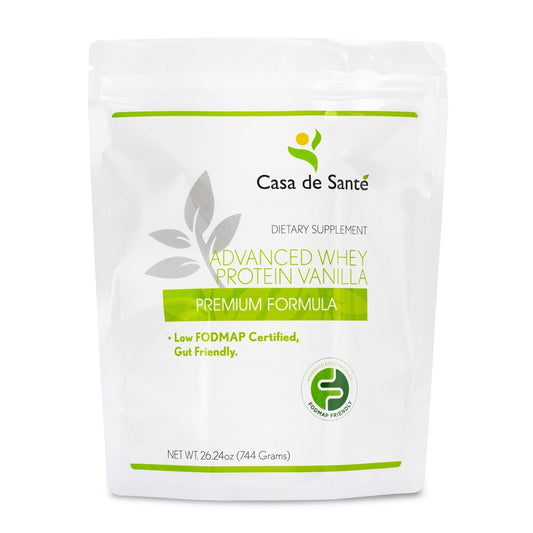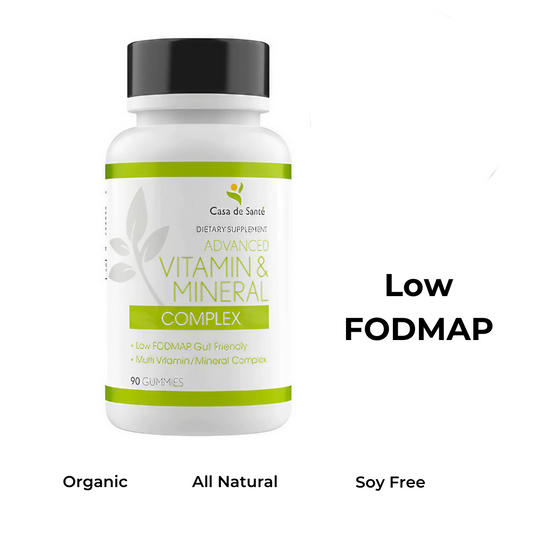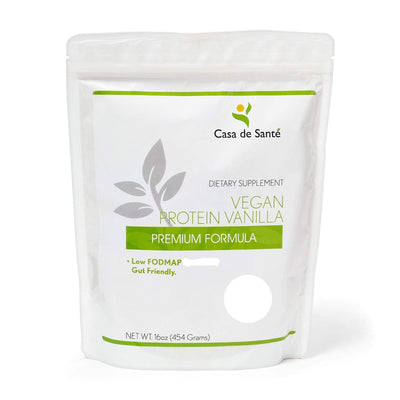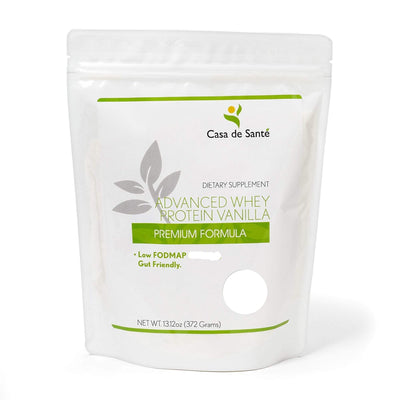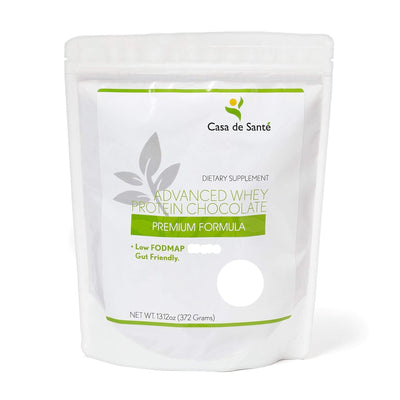Best Soap for Face: How to Choose the Right Ingredients for Your Skin Type
Finding the best soap for my face always feels like a journey. With so many options out there, it’s easy to get overwhelmed by promises of glowing skin and deep cleansing. I know that the right soap can make a huge difference in how my skin looks and feels every day.
I’ve learned that it’s not just about getting clean—it’s about choosing ingredients that work for my skin type. Whether I’m looking for something gentle with moisturizing oils or a formula packed with soothing botanicals, the right soap helps keep my face fresh and healthy. Let’s explore what really matters when picking the perfect facial soap.
Why Choosing the Best Soap for Face Matters
Selecting the best soap for my face impacts hydration, skin barrier integrity, and overall appearance. Facial skin contains fewer oil glands than other body areas, making it more vulnerable to dryness when exposed to harsh sulfates or alkaline cleansers. According to the American Academy of Dermatology, cleansers with mild surfactants like sodium cocoyl isethionate or non-soap bases preserve natural oils and decrease irritation.
Choosing soap with a pH close to 5.5 supports my microbiome and helps reduce conditions such as acne, eczema, or redness, based on published clinical reviews. If the cleanser disrupts this acidity level, my skin might experience increased sensitivity or breakouts. Sensitive or dry skin benefits from soap-free, lipid-rich bars that typically include ceramides, glycerin, or plant-derived oils—examples include shea butter and squalane. Oily or acne-prone skin responds better to formulas with salicylic acid or sulfur, which dissolve sebum and help clear pores.
Using the right facial soap also limits the possibility of post-cleansing tightness or rough texture. Research from the Journal of Dermatological Treatment suggests soap type directly connects to transepidermal water loss rates. This means that overly harsh choices accelerate water evaporation from my skin, risking inflammation and dullness.
Key Factors to Consider When Selecting Facial Soap
I consider several variables when choosing soap for my face, since the formula directly affects hydration, sensitivity, and long-term skin health. Focusing on the right features lets me match products to my unique needs and avoid common irritants.
Skin Type and Concerns
I match my facial soap to skin type for best results. For example, I pick hydrating, soap-free, or lipid-rich bars when I have dry or sensitive skin. For oily or acne-prone skin, I benefit from gels or bars containing salicylic acid or sulfur. I target pigment unevenness or dullness with gentle exfoliating ingredients like lactic acid. I always review my current skin condition, since factors like seasonal changes, medication, or stress may alter needs.
Ingredients to Look For
I check for ingredients that align with my skin goals. Mild surfactants like sodium cocoyl isethionate or decyl glucoside cleanse without stripping oils. Humectants such as glycerin or hyaluronic acid help my skin retain moisture. Soothing agents like niacinamide or allantoin reduce redness and support repair. For acne, I use soaps with 0.5-2% salicylic acid, benzoyl peroxide, or sulfur. pH-balanced formulas around 5.5 maintain the skin’s protective barrier and microbiome.
| Ingredient Type | Example Compounds | Skin Benefit |
|---|---|---|
| Mild Surfactant | Sodium cocoyl isethionate | Gentle cleansing |
| Humectant | Glycerin, hyaluronic acid | Moisture retention |
| Soothing Agent | Niacinamide, allantoin | Calms and repairs |
| Exfoliant/Acne Agent | Salicylic acid, sulfur | Reduces acne and excess oil |
| pH-Balancer | Citric acid for adjustment | Supports barrier, comfort |
Ingredients to Avoid
I avoid ingredients proven to cause irritation or barrier disruption. Sulfates like sodium lauryl sulfate often strip essential lipids and leave my skin dry or tight. High-alkaline compounds, including some sodium hydroxide-heavy formulas, upset skin’s natural pH. Added fragrance and alcohols like denatured alcohol, isopropyl alcohol, or ethyl alcohol increase sensitivity and water loss, especially on reactive skin. Strong preservatives such as formaldehyde-releasing agents or parabens sometimes trigger contact dermatitis.
Top Picks for the Best Soap for Face
Different skin types respond to targeted ingredients, so selecting a soap formulated for specific concerns helps optimize skin health. I look for facial cleansers that align with my skin’s needs to avoid irritation or dehydration.
Best for Sensitive Skin
Gentle, soap-free bars using mild surfactants like sodium cocoyl isethionate and hydrating agents such as glycerin or panthenol work best for sensitive skin. I choose options that avoid sulfates, synthetic dyes, and fragrance to reduce the risk of redness and stinging. Clinical guidelines from the American Academy of Dermatology (AAD) recommend these ingredient classes for minimizing barrier disruption and soothing irritation.
Best for Oily and Acne-Prone Skin
Oily and acne-prone skin benefits from facial cleansers that include salicylic acid (up to 2%), sulfur, or benzoyl peroxide. These ingredients unclog pores and limit excess sebum, as confirmed by studies in the Journal of Drugs in Dermatology. I avoid oil-rich bar soaps since they might exacerbate breakouts. I look for non-comedogenic and pH-balanced formulas to keep my skin clear and minimize irritation.
Best for Dry Skin
Mild, lipid-rich syndet bars containing ceramides, shea butter, or squalane can replenish dry facial skin. According to reviews published in Dermatologic Therapy, these emollients support the natural skin barrier and reduce water loss. I focus on formulas with humectants like hyaluronic acid or glycerin for added hydration without harsh surfactants that may cause tightness.
Best All-Natural Option
Natural facial soaps made with cold-processed oils—such as olive, coconut, and avocado—support gentle cleansing without synthetic additives. If I prefer a natural routine, I look for unscented, preservative-free options using pure botanicals. These botanical soaps are less likely to disrupt the skin microbiome, provided they maintain a pH around 5.5.
How to Use Facial Soap Effectively
I wet my face with lukewarm water first since hot water strips natural oils and cold water doesn't loosen grime. I gently massage the soap onto skin using fingertips, not washcloths or sponges, as studies show friction increases irritation and barrier disruption. I target oily and textured areas like the T-zone but avoid overwashing—just 30 seconds suffices according to dermatological guidelines.
I rinse thoroughly to remove all residue since leftover surfactants disrupt the skin microbiome and trigger dryness or breakouts. I pat the face dry with a clean, soft towel, avoiding any rubbing that exacerbates irritation. Dermatology consensus recommends using facial cleansers only twice daily, or once a day for those with dry or sensitive skin, to maintain barrier lipids and prevent flare-ups.
After cleansing, I apply moisturizer within 3 minutes because medical literature confirms that prompt hydration locks in moisture and supports post-cleansing barrier repair. I always follow these steps consistently to maximize the benefits of my chosen facial soap and reduce the risk of irritation or imbalance.
Key Takeaways
- Choosing the best soap for your face is essential to maintain healthy skin, prevent dryness, and support your skin’s natural barrier.
- Select facial soaps based on your skin type—gentle, moisturizing formulas for dry/sensitive skin and oil-control or acne-fighting ingredients for oily or acne-prone skin.
- Look for pH-balanced, sulfate-free, and fragrance-free options with beneficial ingredients like glycerin, ceramides, and mild surfactants to minimize irritation.
- Avoid harsh ingredients such as sulfates, high-alkaline compounds, strong preservatives, and added fragrance or alcohol to reduce the risk of sensitivity or breakouts.
- Proper cleansing technique and frequency—using lukewarm water, gentle application, and immediate post-wash moisturizing—enhance the benefits of your facial soap and protect skin health.
Conclusion
Finding the best soap for your face isn't just about picking a popular brand or following trends. It's about understanding your skin's unique needs and choosing ingredients that support its health and comfort.
I've learned that taking a little extra time to read labels and pay attention to how my skin reacts makes a big difference. When I use the right facial soap for my skin type I notice fewer issues and a healthier glow.
If you're still searching for your ideal facial soap don't get discouraged. Stay patient and listen to your skin—it'll tell you what works best.








